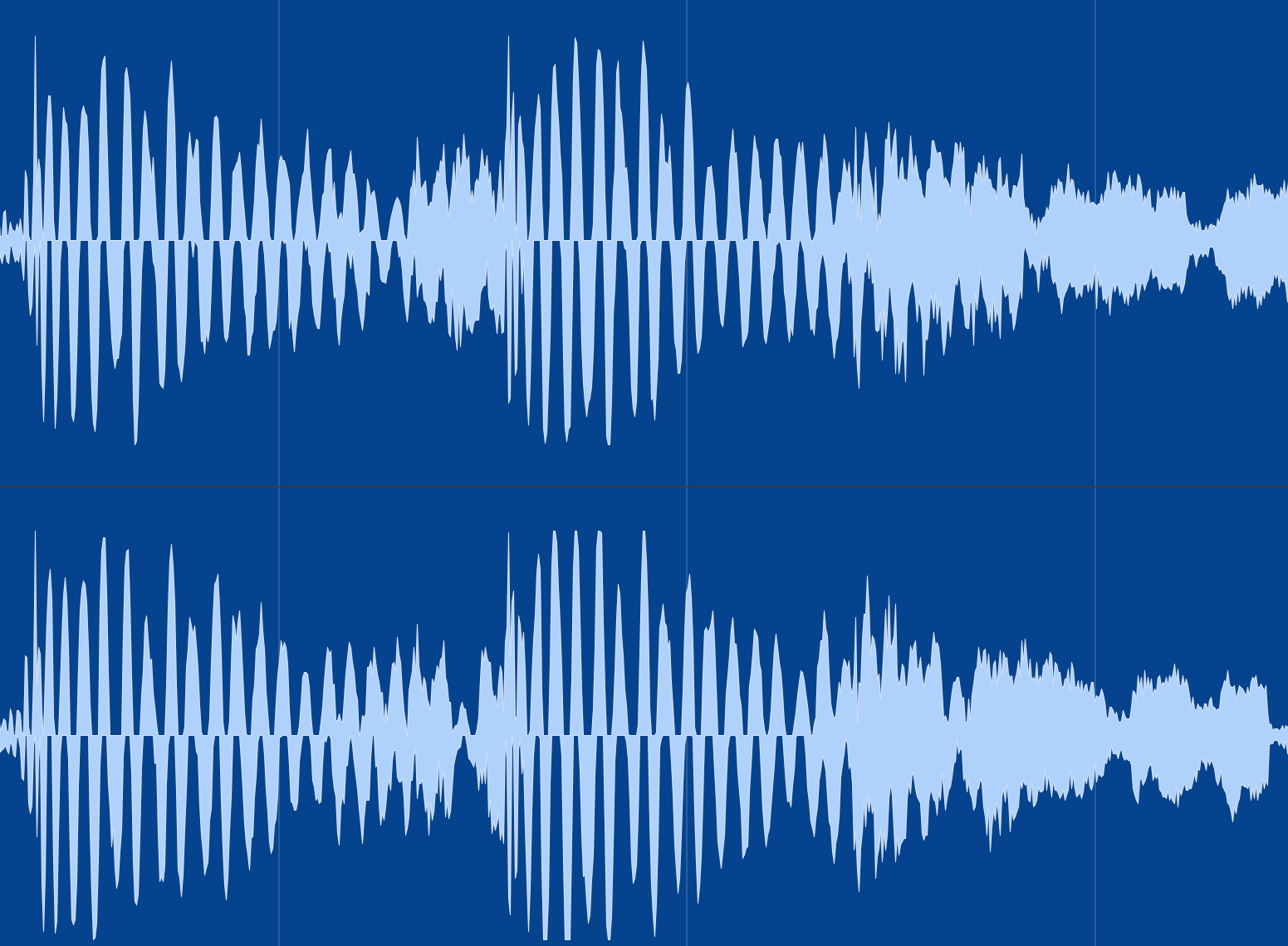Painting With Sound
In modern times with recording technology and equipment being so accessible, there are so many ways to learn the art of recording. We can learn in school, from a mentor during an internship, on the internet, or by ourselves through trial and error. Most of the time the focus of these “lessons” is technical and involves gear. I feel very lucky to have had a technical education at an audio school, but also simultaneously had internships with amazing producers who were true artists with sound. My mentors very rarely talked about gear or the equipment they used in the early days when trying to explain something to me. They always talked about a feeling or vibe they were trying to capture with the technique they were using. It was only later on after I started to understand how sessions were run, and had a good grasp on studio etiquette that gear would enter our conversations. It makes sense why so many traditional paths of learning recording only focus on the gear, it’s because the art form of recording is really so esoteric. It’s also why engineers wore lab coats in the early early days of recording, it was looked at as a science and the musicians were the artists. People don’t often think of engineers as artists but we absolutely are, were helping paint an auditory landscape with sound and done well it translates through speakers to evoke emotion. The musicians and artists we work with are absolutely vital for us to be able to perform our craft, and we have to work together in perfect harmony to succeed. The gear needs to be absolutely invisible to the artist in the room while they’re performing, I think it even needs to be invisible while they’re in the control room listening back. It should be as if they’re sitting in an empty room completely immersed in listening back to what they’ve just recorded.
